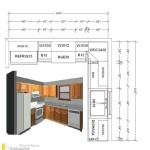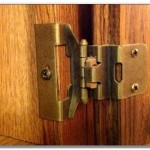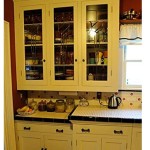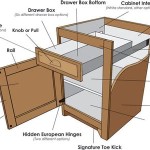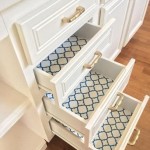Essential Aspects of Kitchen Cabinet Standard Depth
When designing a kitchen, the depth of the cabinets is a crucial consideration that impacts both functionality and aesthetics. Kitchen cabinet standard depth refers to the distance from the front of the cabinet door to the back of the cabinet box. This measurement plays a significant role in determining the storage capacity, accessibility, and overall layout of the kitchen.
1. Storage Capacity:
The depth of the cabinets directly affects their storage capacity. Deeper cabinets can accommodate more items, while shallower cabinets provide limited storage space. For kitchens with limited floor space, deeper cabinets can maximize storage without expanding the overall footprint.
2. Accessibility:
Standard depth kitchen cabinets generally measure 24 inches, which is designed to optimize accessibility. This depth provides ample space to reach items in the back of the cabinets without straining or fumbling. However, shallower cabinets may be more accessible for individuals with shorter reach.
3. Aisle Clearance:
The cabinet depth also affects the aisle clearance in the kitchen. Standard depth cabinets leave approximately 2 feet of aisle space when paired with standard depth countertops. This clearance allows for comfortable movement and prevents congestion, especially in smaller kitchens.
4. Countertop Overhang:
The cabinet depth influences the overhang of the countertops. Standard depth cabinets provide a 1-inch overhang on each side, which creates a comfortable workspace and prevents spills from dripping onto the cabinet doors.
5. Appliance Fit:
Some kitchen appliances, such as refrigerators and dishwashers, are designed to fit within standard depth cabinets. Installing these appliances in shallower cabinets may require modifications or involve protruding from the cabinetry, which can affect the overall aesthetics.
6. Aesthetics:
In addition to functionality, the cabinet depth can also impact the aesthetics of the kitchen. Standard depth cabinets create a more balanced and symmetrical appearance, especially when paired with deeper countertops. Shallower cabinets may appear visually lighter and less bulky, but they may also provide less storage and accessibility.
Conclusion:
When choosing the depth of your kitchen cabinets, it is essential to consider factors such as storage capacity, accessibility, aisle clearance, countertop overhang, appliance fit, and aesthetics. The standard depth of 24 inches is a versatile option that meets most needs, but shallower or deeper cabinets may be appropriate depending on the specific requirements of the kitchen and the personal preferences of the homeowner.

Kitchen Unit Sizes Cabinets Measurements Height Cabinet

N Standard Kitchen Dimensions Renomart

Image Result For Standard Kitchen Cabinet Dimensions Cm Cabinets Height Measurements

Kitchen Cabinet Sizes What Are Standard Dimensions Of Cabinets

Proper Depth For Frameless Cabinets
Guide To Kitchen Cabinet Sizes And Dimensions

N Standard Kitchen Dimensions Renomart

Kitchen Cabinet Dimensions Size Guide

Standard Kitchen Counter Depth Hunker Cabinet Dimensions Cabinets Height

What Is The Standard Depth Of A Kitchen Cabinet Dimensions Cabinets Height Wall Units
Related Posts

